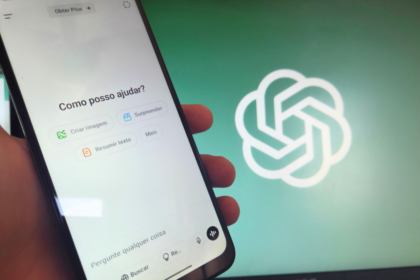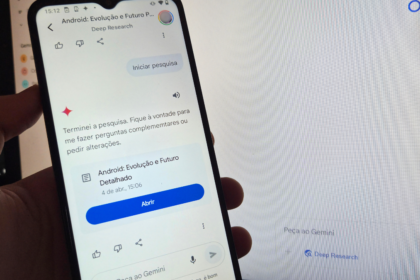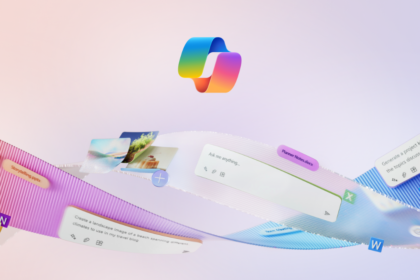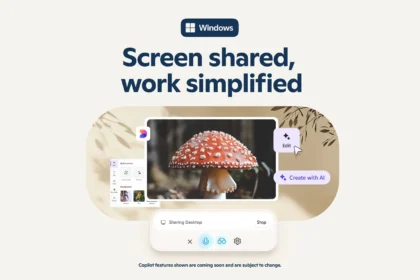At the Meta Connect 2024 event, Meta made several significant announcements, particularly in Virtual Reality (VR) and Artificial Intelligence (AI). One of the major hardware reveals was the upcoming Quest 3S VR, a next-gen virtual reality headset priced at approximately $300, which will be available toward the end of 2024. This affordable device aims to make VR more accessible to a broader audience.
AI was another major focus during the event. One standout feature discussed was the integration of real-time translations via Meta’s Ray-Ban smart glasses, which promises to enhance communication across languages through wearable tech. This aligns with Meta’s ongoing push to create more immersive and practical applications of AI in everyday devices.
One of the more surprising announcements was Meta’s collaboration with Microsoft. Quest VR headsets will integrate seamlessly with Windows 11, enabling users to leverage virtual reality within the Microsoft ecosystem.
Mark Zuckerberg shared some intriguing insights into this partnership, underscoring the commitment to creating an ecosystem where VR and traditional desktop environments coexist smoothly. This integration suggests potential productivity enhancements and new ways of interacting with Windows applications in virtual spaces.
The announcements reflect Meta’s vision of blending VR, AI, and traditional computing to create a future where these technologies are interconnected and widely accessible.
Zuckerberg says you’ll soon be able to link Meta Quest VR to Copilot+ PCs with a quick look.
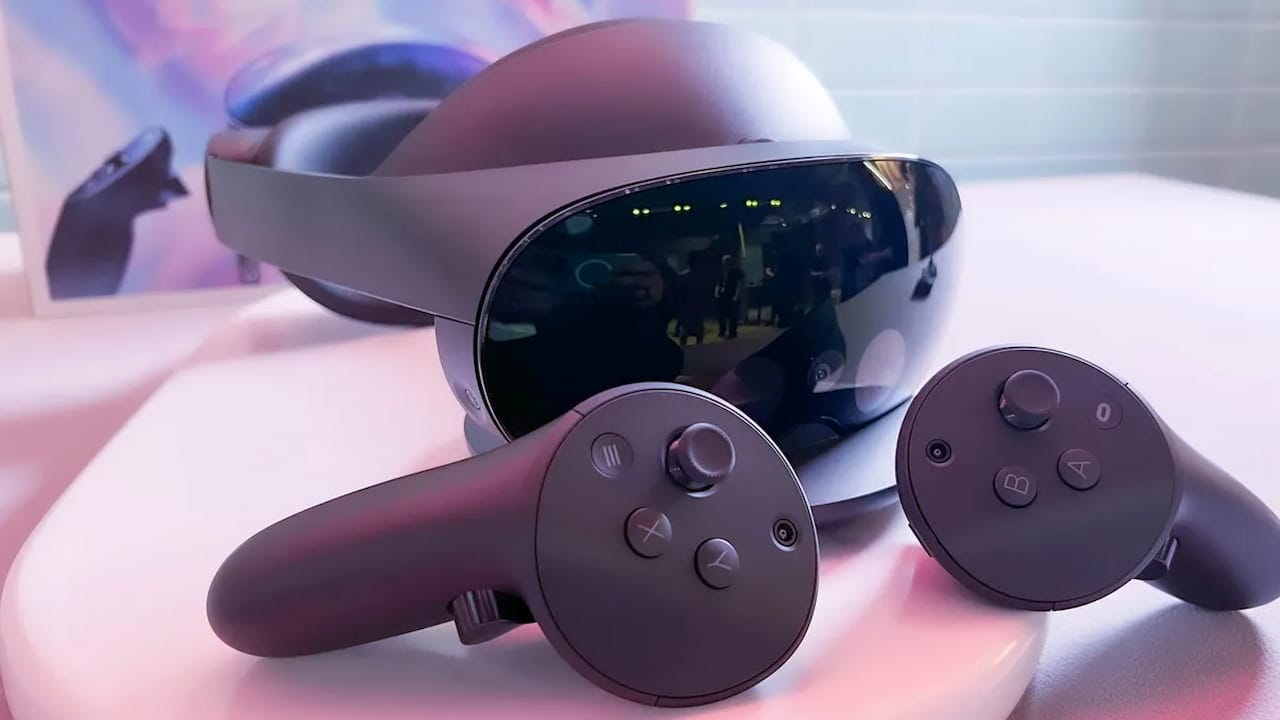
Mark Zuckerberg, the founder of Facebook, recently shared several exciting developments and collaborations during a major event, focusing on integrating Meta devices with Windows 11. As reported by Windows Central, this partnership with Microsoft aims to create a seamless connection between Meta’s virtual reality (VR) technology and the Windows operating system.
One of the most intriguing announcements is the upcoming feature allowing Meta Quest VR headsets to pair with Windows PCs using Copilot+ easily. This innovative pairing process will be remarkably simple: users only need to look at their keyboard to initiate the connection. While Zuckerberg didn’t provide a specific release date for this feature, he indicated it would be available shortly.
The collaboration goes beyond simple pairing, as it’s expected to support multiple virtual displays, effectively extending a user’s laptop screen into the virtual space. This could potentially transform how people interact with their digital workspaces.
Additionally, Zuckerberg revealed that Horizon OS, Meta’s operating system for VR, will be able to connect to Windows 11 using Remote Desktop functionality. These advancements signify a major step towards integrating virtual reality more deeply into everyday computing experiences, blurring the lines between physical and virtual workspaces.
When using these devices, it’s been mentioned that once the VR glasses are connected to a laptop, the laptop’s screen will automatically turn off, and a large virtual screen will appear in the VR environment. According to Zuckerberg, this approach aligns with his vision of creating a unified, general-purpose platform.
You can mirror your Windows screen in VR through Meta’s Remote Display app. Still, the upcoming feature will make this process more seamless, eliminating the need for additional applications and allowing for greater independence.
Zuckerberg remains committed to his belief that the future of technology lies within the Metaverse. Meta continues to invest in devices that offer access to this virtual space. The announcement of Meta’s collaboration with Microsoft is particularly noteworthy, as it promises smoother integration between the VR glasses and Windows, opening new possibilities for users.






